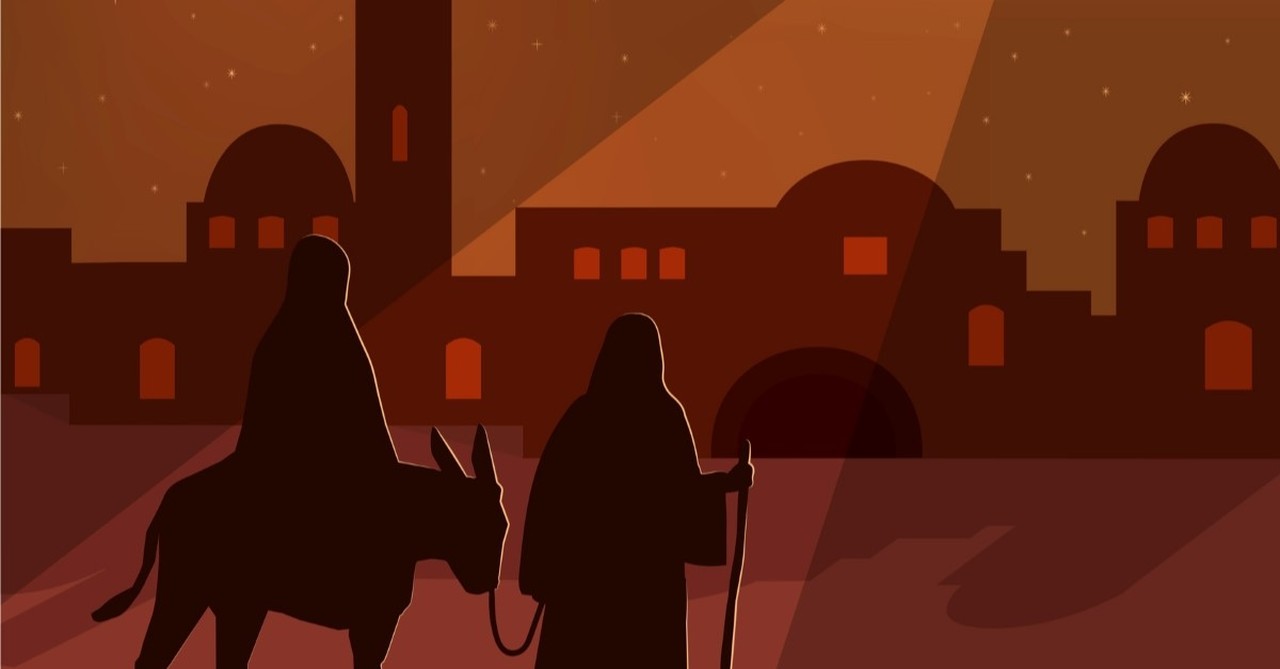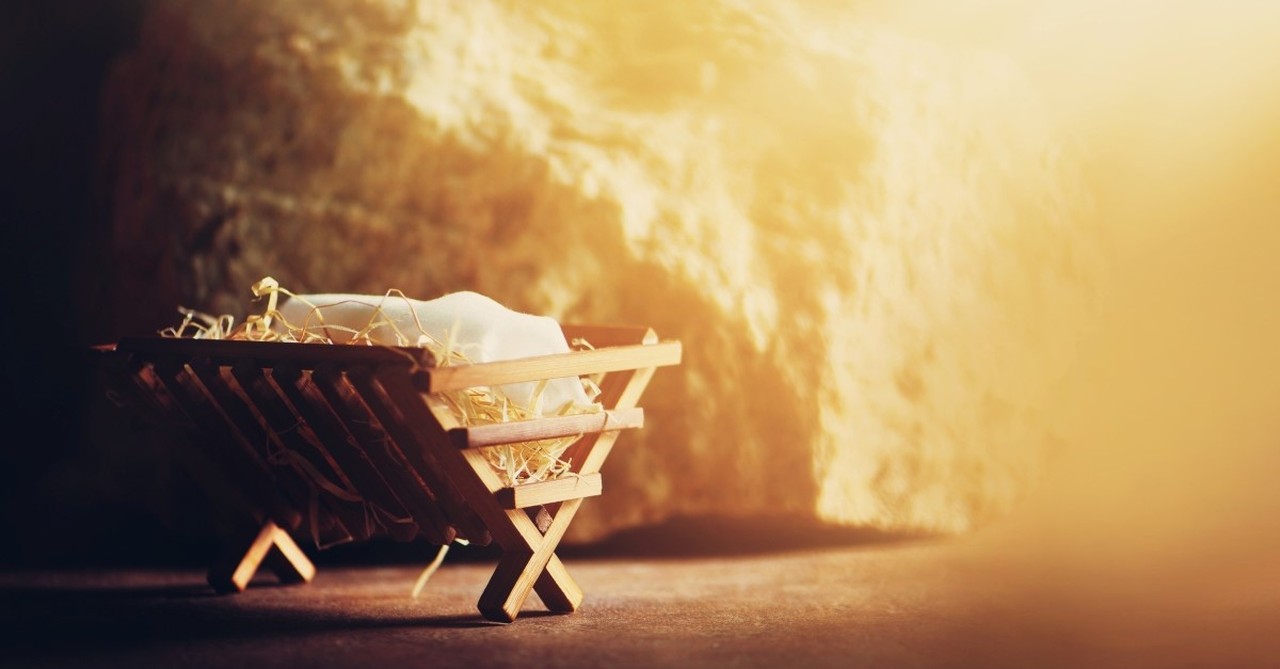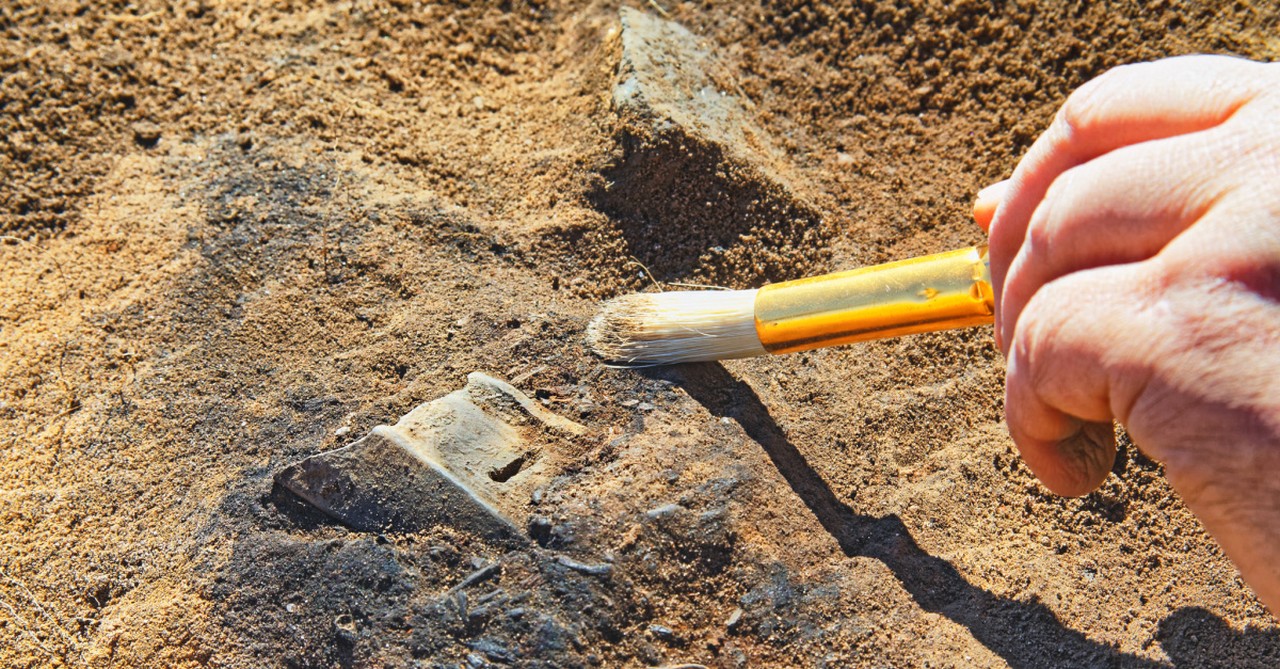
Oh, Little town of Bethlehem…
Bethlehem may be one of the most famous little towns in the world. It is known as the birthplace of Jesus. But where is it located? Is the Bethlehem today in the same location of the Bethlehem of biblical times? What can we learn about the town from archaeology? Are there other things we can know about Bethlehem. Here are 7 things to know about this historic little town.
Photo Credit: ©iStock/Getty Images Plus/lukbar
1. Where Is Bethlehem Mentioned in the Bible?

1. Where Is Bethlehem Mentioned in the Bible?
SLIDE 1 OF 7
Though known as the birthplace of Jesus, that is not the only mention of this little town. It is first mentioned in Genesis 35:19 as the place where Rachel was buried. Here we see that Bethlehem is referred to by its ancient name of Ephrath.
The town also plays a prominent role in the story of Ruth. It is the setting for much of the book. Naomi returns to Bethlehem with her daughter-in-law Ruth after the death of her husband and sons in Moab. It is here where Ruth meets a wealthy landowner named Boaz.
Given the place that Ruth and Boaz play in the story of King David, it is not surprising that Bethlehem is the birthplace of David. It is here that Samuel anoints him as king (1 Samuel 16:1-13). It is also mentioned in 1 and 2 Samuel when discussing the lineage of this great king. And in 1 Chronicles 11:16-18 David is near the gate of Bethlehem when his mighty men break through and draw water from the well.
Bethlehem is also mentioned in Micah 5:2. Here, it is prophesied that Messiah will be from this little town. "But you, Bethlehem Ephrathah, though you are small among the clans of Judah, out of you will come for me one who will be ruler over Israel, whose origins are from of old, from ancient times." This maintains a connection with the Davidic kingdom.
In the New Testament, we read of Jesus being born in Bethlehem as a fulfillment of this prophecy in Micah. As being in the lineage of David, it is fitting that Joseph and Mary travel to this little town for the census decreed by Caesar Augustus. This is why he was born in Bethlehem but did not grow up there. Because of this special birth and the murderous Herod—infants were massacred in Bethlehem.
Photo Credit: Unsplash/Aaron Burden
2. Are There Different Bethlehem’s?

2. Are There Different Bethlehem’s?
SLIDE 2 OF 7
The Bethlehem where David was born was in the hill country of Judah, nestled in the central mountain range which runs through much of the area. In Joshua 19:15 we read of another Bethlehem. This is a village in the tribal territory of Zebulun—and located in Galilee. Which Bethlehem was Jesus born in?
Historically, Christians have considered Bethlehem of Judea to be the location of the birth of Jesus. However, more recent scholars have called this into question for a number of reasons. First, some believe there is limited archaeological evidence to confirm that Bethlehem in Judea was a populated area at the time of Jesus' supposed birth.
There have been excavations in the vicinity of Bethlehem in Galilee—which is closer to Nazareth. Would this not have been the more likely destination of a full-termed pregnant woman to traverse to? The trek to Judea would have spanned 70 miles over difficult terrain. The Bethlehem in Galilee was closer and more accessible.
These excavations have also uncovered a Jewish settlement during the time of Jesus as well as the remains of a Byzantine church. Does this mean that some in the early church considered this to be the site of Jesus’ birth? Are there unequivocal early church writings which confirm Bethlehem of Judea as the birthplace of Christ—or only a Bethlehem?
However, compelling these arguments might be they are not persuasive enough to overturn the Scriptures or historical precedent. In order to move the birthplace to Galilee one must argue that Matthew and Luke’s statements that Jesus was born in Judea has more to do with theological crafting than historical fact. Because of the connection with Micah 5:2, perhaps the gospel writers changed the location to assert his legitimacy as Messiah.
Furthermore, this doesn’t answer why the couple would have traveled at all. Are we to upend all claims to Davidic lineage because one archaeologist doesn’t think a pregnant couple would travel 70 miles over rugged terrain to obey Caesar? If they were traveling to Bethlehem of Galilee to obey a census—we have to put their lineage as coming through Zebulun. Has anyone argued this historically? Did the early church argue for this? No. It’s not a persuasive argument. There is enough evidence that Jesus was born in Bethlehem of Judea.
Photo Credit: ©Getty Images/gldcreations
3. Do We Know Where Jesus Was Born?

3. Do We Know Where Jesus Was Born?
SLIDE 3 OF 7
We have established that Jesus was born in Bethlehem of Judea. Do we know the specific location of his birth? Not for certain. But we should consider the nature of such a question. What archaeological evidence could we find for a birthplace? And especially a birthplace not in a home but in a cave area? At most we can find the general location, a cave, and what might have been a fitting spot to give birth.
Early Christian tradition has the birthplace of Jesus located where the Church of the Nativity stands today. The location was identified by Saint Helena, the mother of Emperor Constantine, during her pilgrimage to the Holy Land around 326 AD. After she said she believed this to be the location the emperor built a basilica over the cave.
Even today, the site includes a cave beneath the church that is accessible via a stairway in the Church of the Nativity, leading to a silver star believed to be the spot where tradition holds Jesus was born. But there is really no way to definitively prove this to be the location. We would have needed to establish this spot much earlier.
Photo Credit: © Getty Images/jchizhe
4. What Can We Learn From a 2000-Year-Old Aqueduct?

4. What Can We Learn From a 2000-Year-Old Aqueduct?
SLIDE 4 OF 7
In 2016 the Israel Antiquities Authority discovered an aqueduct in Bethlehem, which many believe to date back to the time of Herod the Great. Herod was known for his ambitious building projects, including the reconstruction of the Second Temple in Jerusalem and the construction of the fortress at Masada. The aqueduct was part of a sophisticated water system designed to supply water to Herod’s lavish palace-fortress at Herodium.
The presence of this aqueduct does not directly confirm anything from the Scriptures, but it does shed light on the influence that Rome had upon these little Jewish towns. The shadow of Caesar loomed large. It also sheds light upon the ingenuity of the ancient engineers. Such finds help archaeologists and historians piece together the lifestyle of those living during the period.
Photo Credit: Unsplash/Constantinos Kollias
5. Is There Significance to an Ancient Burial Ground?

5. Is There Significance to an Ancient Burial Ground?
SLIDE 5 OF 7
In 2013, a burial ground was discovered near Bethlehem. The archaeological site is now called Khalet al-Jam’a, found to contain over 100 tombs. Evidence shows the people of the region to be of considerable size and wealth with access to ancient trade routes. The tomb dates to the Middle Bronze Age—some 3500 years ago.
The dig found a variety of grave items such as pottery, bronze daggers, spearheads, and Egyptian-like scarabs, which suggests a high level of craftsmanship. These artifacts highlight the cultural and economic exchanges that occurred in this region during the Bronze Age. It also appears that the site stopped being used around 650 BC. It was during this time that Assyria and Babylon took over as world power—likely pointing to the reason for abandonment.
This shows that there was a town in Bethlehem for many years—often influenced by the culture around it.
Photo Credit: ©Getty Images/Seasunandsky
6. What Does a 2700-Year-Old Shard Tell Us?

6. What Does a 2700-Year-Old Shard Tell Us?
SLIDE 6 OF 7
In 2012 Israeli archaeologists found an ancient seal mentioning the town of Bethlehem. The shard was less than an inch long, but on it was the name of the city of Bethlehem. It was found when a crew was sifting through debris from an excavation just outside the walls of Jerusalem.
The shard was a seal imprint, likely used to seal shipments of silver or goods in the late 8th or 7th century BC. This little shard was likely connected to paying taxes to a particular king. This finding is significant because it is one of the first pieces of evidence that an ancient city named Bethlehem appears outside of the Bible from the first temple period.
Photo Credit: ©Getty Images/Krugloff
7. What Can We Learn from Bethlehem?

7. What Can We Learn from Bethlehem?
SLIDE 7 OF 7
This ancient town carries within it a few lessons for us today.
First, Bethlehem, a tiny little town points to the humility and simplicity with which the Lord Jesus came into the world. Despite its modest appearance and small stature among the clans of Judah the most significant birth in all of human history would take place here. This tells us something about the heart of God.
Secondly, Bethlehem’s role in the fulfillment of biblical prophecy is apparent. Micah 5:2 proclaimed that Messiah would be born here. And he was. Through the census of a pagan king, the mother of Jesus was brought into this little town. And it was hear, in the land of Judah, that the Lion of the Tribe of Judah had his humble beginning. These promises fulfilled in the Old Testament point to the intentional design and sovereignty of God in providing redemption.
Lastly, the name Bethlehem means “house of bread”. This symbolizes the nourishment and life which come to us through Christ. It is in this “house of bread” where the “Bread of Life” would come to humanity.
To read more about significant places in the Bible, see the following articles:
7 Things to Know about Sodom
7 Things to Know about Jericho
7 Things to Know about Ephesus
Photo Credit: ©GettyImages/Allanswart
Originally published April 26, 2024.







